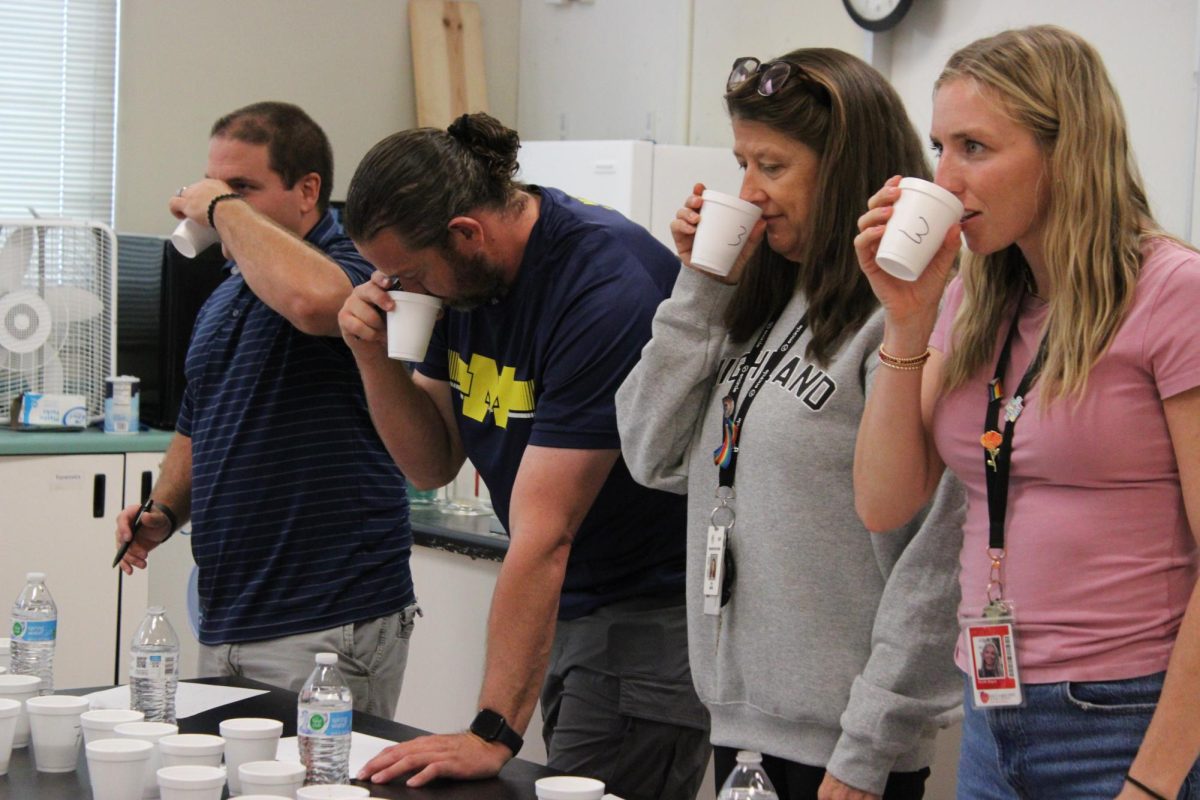Napier-Pearce Warns About Misinformation
September 14, 2022
In our current day and time, people all around the world have instant access to information about almost anything with the click of a button. Breaking news articles are constantly being released, whether on a news sight or on a social media platform, and people feel like they are staying informed.
Although this is a luxury many people enjoy, readers are all faced with the same problem. How are people supposed to make the determination between the real and the fake news?
Between 1960 and 1990, there were only three networking stations that people could tune in and listen to.
By 2003, apps like Myspace, Skype, Facebook, Reddit, and Twitter began to surface and people were starting to get their news information secondhand from these apps rather than directly from the news source.
Jennifer Napier-Pearce, senior advisor, and director of communications to Utah Governor, Spencer Cox, has experience as a journalist and an editor and has dealt with misinformation many times throughout her career.
“I think people don’t realize the responsibility that they have as consumers to stopping spreading lies,” Napier-Pearce said. “I mean it’s so easy to just hit the send button without really understanding what the article says or if it’s true.”
Napier-Pearce urges people to slow down and really think about what they’re sharing because of the consequences that can be caused due to the spread of misinformation.
During her presentation at Highland on September 8th, Napier-Pearce shared a quote with all the Highland students in attendance.
“Education moves slowly. Technology doesn’t,” the quote read. “If we don’t act with urgency, our students’ ability to engage in civic life will be the casualty.”
As of 2022, there are now advanced algorithms that feed user’s pages with information that matches their biases whether true, false, or a story that will only give parts of information that are agreeable.
Things like this have been known to cause conflicts between people because of the different sides of information that can be found on the same topic. Misinformation can corrupt decision making processes that are based on inaccurate research.
This directly applies to high school students and younger teens who are beginning to form opinions on conflicts and issues that directly influence the world they live in. If they cannot develop their opinions with correct information, this cycle of lies will be able to continue and hurt future generations.
Unfortunately, misinformation and lies spread online are things that have been a consistent issue for many users. However, Napier-Pearce’s presentation gives information for users to be able to identify when they are reading something that is not true.
Napier-Pearce’s research that she shared suggests that the best things for consumers to do is to consider the source they’re getting their information from and if it’s known to be reliable.
They can also read beyond simple headlines, so they have a further understanding of the information they are processing. Readers should also always check the supporting sources that the article is based on, check their biases, and ask experts about any questions they may have.
As the generation that could aid this problem, Napier-Pearce and other experienced professionals urge students to follow these steps and help solve the problem for today’s society.




























